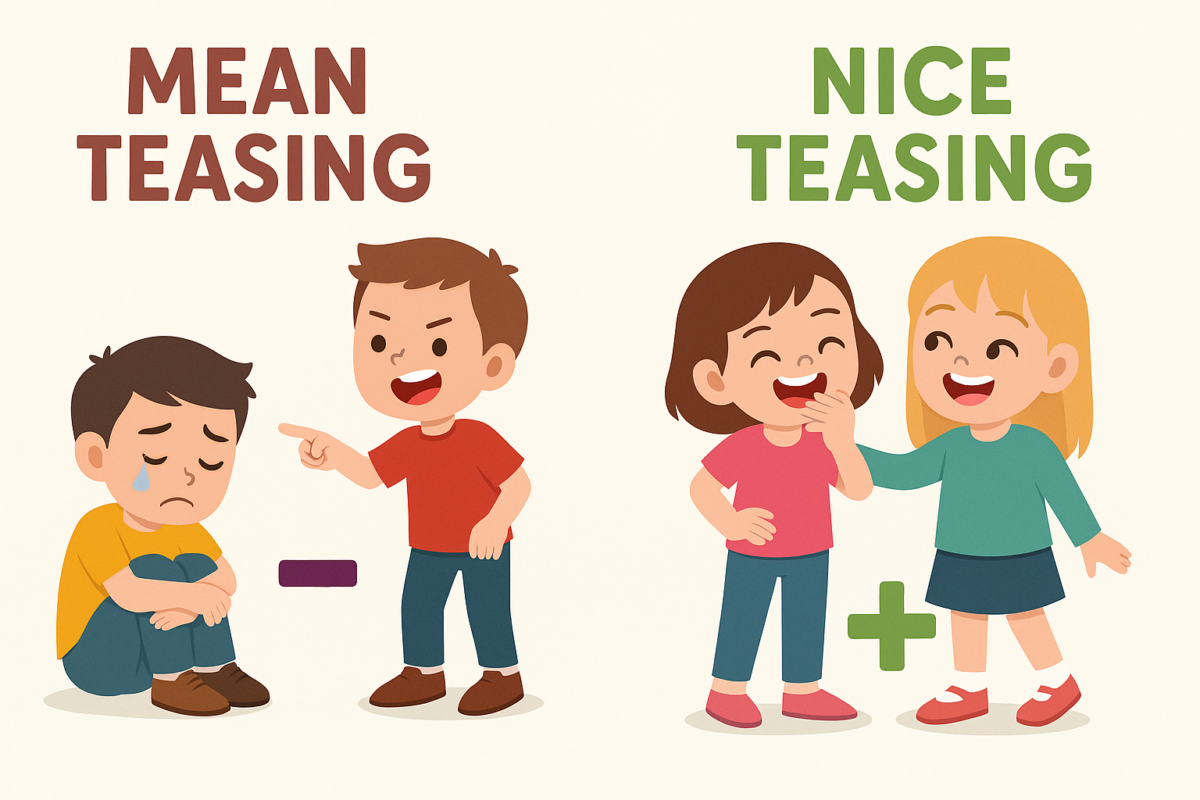The Anti Bullying Council of America have completed delivery of over 2500 anti-bullying curriculum and support packages to schools in Utah, California and North Carolina. Many of these schools have no formal or even informal anti-bully education in place and due to lack of funding are not able to adequately provide support to their students. It is our hope that these instructions and materials are immediately put to good use.
Coming Soon!!
We have some exciting news – BRIM Anti-Bullying Software is preparing to launch a new anti-bully training course for school teachers, administrators and education staff. This self-paced training course provides comprehensive instruction on identifying, preventing and managing bullying in school environments. It also includes a section on digital or cyberbullying and is divided into 13 modules with quizzes after each section and a cumulative final assessment. All participants that successfully pass the course shall receive a certificate of completion. #BRIM #AntibullyingSoftware #2025
Can Your School Survive the “Old School” Mentality?
In 2025, many portions of the housing market are being shaped by a mix of affordability challenges, shifting buyer priorities, uneven price trends across the country and school evaluations; specifically the number of reported bullying events within the local neighborhood schools. Families are carefully weighing school quality, lifestyle, and cost of living when choosing where to settle, driving demand in top-performing school districts. All schools have bullying events that take place, however there are still schools that allow the bullying culture to survive with “old school” mentalities by administrators.
There are now many real estate web sites that feature school ratings on the individual internet home listings for consumers to evaluate which we applaud. The best remedy still is anonymous bully reporting for both students and teachers and anti bully training for all school employees. We have heard some exciting news coming out of BRIM Anti-Bullying Software. We have heard rumors that BRIM will soon launch a brand new online anti-bullying training program for teachers, counselors and administrators sometime this Fall
Teachers! Set a Precedent from Day One!
Back-to-school season is here again. As educators, administrators and school staff members, you play a key role in creating an environment where all students feel safe, supported, and ready to learn. School is one of the most common places where bullying happens. With the attitude, rules and tools, you can help build a school culture that actively prevents bullying and keeps kids feeling secure safe. Taking action early in the school year can make a big difference in the lives of students and help them thrive in and outside the classroom.
Steps You Should Take if a Student is Being Cyberbullied
Cyberbullying can be hard to spot. That’s why it’s even more important to stay aware of kids’ online activity and monitor their interactions when possible. If you notice warning signs that a child could be involved in cyberbullying, here are the steps you can take:
Don’t respond to any cyberbullying messages or forward them. Keep all evidence of cyberbullying. Take screenshots of each instance of cyberbullying and document the date and time that they happened. Block the person who is cyberbullying. Report the cyberbullying behavior to teachers or even the police depending upon the circumstances. Support the person who is being bullied. You can try to help by posting positive comments about the person being bullied, reaching out to the person who’s bullying to show your concern, and if possible, trying to determine if more support is needed, like a guidance counselor or mental health professional.
Parents and teachers, you can do your part to help stop cyberbullying by looking out for bullying behavior online. If you see someone being cyberbullied, don’t be afraid to stand up to the person cyberbullying and show them that what they’re doing is not okay. Together, we can help make social media a more positive environment.
Understanding Teasing: A Lifelong Social Skill
Teasing is a natural part of human interaction. At times, it can uplift and strengthen relationships; at other times, it can cause discomfort or harm. While some educators may feel their classrooms should be entirely “tease-free,” the reality is that teasing is not going away. Rather than avoiding it altogether, the classroom offers a powerful opportunity to help students learn how to handle teasing in a healthy, constructive way.
What Is Teasing? Teasing is a form of social exchange that can be interpreted as positive, neutral, or negative, depending on the context and intent. When used in a pro-social manner, teasing can enhance relationships, ease social tension, and help students feel connected to a peer group.
Benefits of healthy teasing include:
It can be playful and lighthearted.
It fosters social bonding and group belonging.
It helps people navigate awkward or tense situations.
It brings people closer by sharing humor and vulnerability.
However, when teasing becomes hurtful or is used to assert dominance, it can cross the line into bullying.
When Teasing Turns into Bullying: Teasing becomes bullying when the intent shifts from humor or connection to harm, embarrassment, or social control. Understanding and teaching the distinction between teasing and bullying helps prevent misunderstandings, damaged relationships, and long-term emotional consequences.
Key Differences Between Teasing and Bullying:
Teasing Bullying- Strengthens relationships Harms or isolates others
Occurs between equals (e.g., same age, power, or status)
Occurs when there is a power imbalance
Maintains dignity and mutual respect
Aims to embarrass, shame, or control
Often involves shared humor, including harmless nicknames
Involves targeted insults, especially about appearance, culture, religion, or ability
Example: A classmate jokingly calls a friend “Professor” because they always have the answers—and both laugh. That’s likely friendly teasing. But calling someone “stupid” or mocking their accent? That’s bullying.
Teachers can help students build social-emotional skills by guiding them through how to recognize, respond to, and engage in appropriate teasing. Here are some strategies:
Teaching Students to Understand and Respond to Teasing:

Teach the Social Cues Model how to identify the difference between a serious comment and a joke. Use examples from your own life where teasing was either helpful or hurtful. Discuss tone, body language, and facial expressions as clues.

Practice Listening without Judgment If a student shares a concern about being teased, avoid immediately reassuring them (e.g., “Your clothes are beautiful!”). Doing so can unintentionally affirm victimhood. Instead:
Listen carefully.
Ask open-ended questions.
Help them create a plan to address the situation with confidence and maturity.

Responding When Teasing Crosses the Line: Teach students these simple steps:
Stay calm and assertive.
Ask the person to stop. (“I don’t think that’s funny. Please stop.”)If it continues, walk away or ignore it.
If it stops, acknowledge it. (“Thanks for stopping. It was bothering me.”)
If it doesn’t stop, report it to a trusted adult in person or in writing (signed or anonymous). Example: www.antibullyingsoftware.com
The Math of Teasing: A Fun Analogy Teasing, like math, has positive and negative values. A mean tease is negative (-). It divides, subtracts, and can make you feel small or hurt. It often comes from someone who doesn’t care about your feelings and wants to embarrass or isolate you.→ This is bullying. A kind tease is positive (+). It adds laughter, multiplies resilience, and can help build stronger connections. It comes from someone who cares about you and wants to include you.→ This is healthy, social bonding.
Final Thought: Instead of avoiding all teasing, let’s teach students to understand its social purpose, recognize its boundaries, and practice responding with grace, confidence, and empathy. These are lifelong skills that will serve them well beyond the classroom.
ABC of A recognizes BRIM Anti-Bullying Software
The Antibullying Council of America would like to acknowledge BRIM Anti-Bullying Software for its continued excellence in the AFFORDABLE fight against bullying in our schools.
The correlation between classroom bullying and absenteeism is undeniable and often overlooked by school administrators. School absenteeism causes lower standardized test score results and reduces graduation rates.
If your school isn’t using BRIM you should reach out and do some research. They do great work and truly make a difference in students’ lives.
A Message From ABC of A President Karmell Clark
The Anti Bullying Council of America in conjunction with BRIM Anti-Bully Software (antibullyingsoftware.com) have completed delivery of 425 anti-bullying curriculum and support packages to schools in Texas and South Carolina. Many of these schools have no formal or even informal
anti-bully education in place and due to lack of funding are not able to adequately provide support to their students. It is our hope that these instructions and materials are immediately put to good use. The Anti Bullying Council of America is planning to deliver an additional 500 support packages by April 1, 2025.
Sincerely,
Karmell L. Clark
President
Karmell Clark named president of nonprofit Anti Bullying Council of America
The Anti Bullying Council of America is proud to announce that Karmell Clark, Vice President of Client Services at BRIM Anti-Bullying Software has been formally named President of the nonprofit Anti Bullying Council of America. “ABC of A” was founded in 1981 as a grass roots organization in Concord, California by a public school special needs teacher. With the internet, ABC of A has grown steadily around the country and specializes in bringing awareness to school bullying of all types.
While at BRIM, the anti-bullying software company that specializes in anonymous bullying reporting, Clark has seen the devastating effects of bullying in schools and how dangerous it can be when students are afraid to come forward to report bullying incidents. “Students fear reprisal or being labeled a rat,” Clark said.
“ABC of A will greatly benefit from Clark’s experiences at BRIM” said board member Laura Duncan. Duncan is the longest serving board member at the Anti Bullying Council of America having been with ABC of A for 12 years. Duncan “has seen a little bit of everything” she said concerning her 25-year career as a Student Counselor at a large public school in Texas. “Karmell brings experience from her psychology and finance background in addition to her 10 years at BRIM,” Duncan said.
Clark has previously been working as pro tem President at ABC of A since 2023 and she will continue to split time between the two organizations.
Bullying can happen during sports too
Most all sports require assertiveness, strength, strategy and the ability to impose one’s own will over someone else’s. When athletics are performed in a controlled environment, with supervision and on a fair and level playing field in conjunction with sportsmanship, there are many benefits for the players, coaches, parents and spectators.
Over the last three years there has been a huge increase in the number of high school and middle school basketball and football players attacking players, referee’s, coaches including their own and spectators! While physical attacks are clearly assaults, there is often a buildup of these explosive emotions caused by on court and on field posturing and bullying. When these behaviors go unchecked, the results are often shocking.
Clearly visible by anyone paying attention during a game, posturing and bullying have somehow become an accepted part of the sporting world. Social media has been the biggest catalyst for this bad behavior and each outburst can be immediately viewed on the various social media platforms. No one is suggesting violating the First Amendment however as long as there is an appetite for posturing and bullying video in athletics these antics and assaults will continue to happen. One solution, athletes should be ejected immediately for any conduct that is questionable. The quicker players are removed for bad behavior the quicker those offenders will learn to control themselves and pass on social media moments…..
Unchecked bullying in our schools needs to be addressed and stopped and everyone must be made aware that it is totally unacceptable in the classroom, basketball court and football field.


